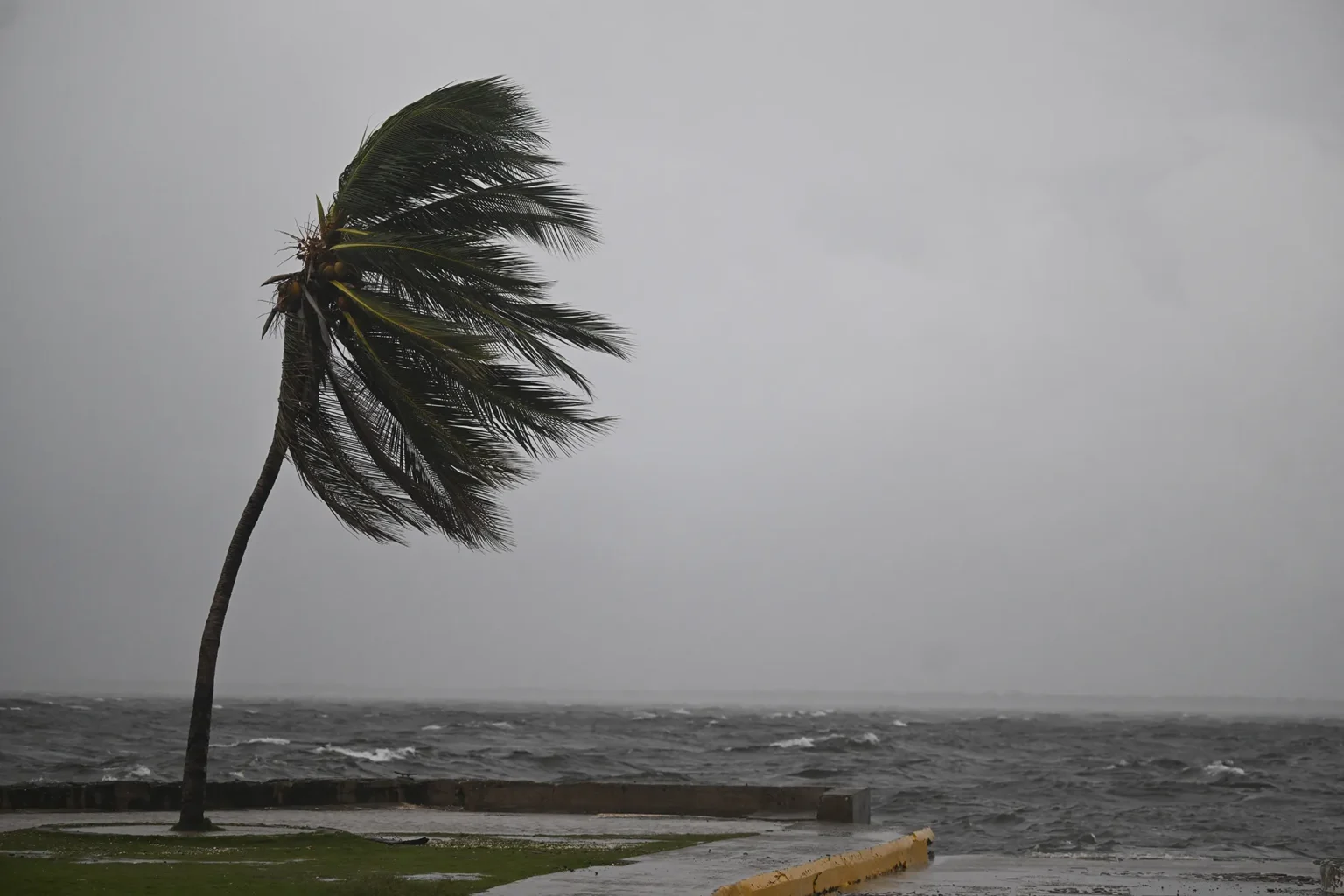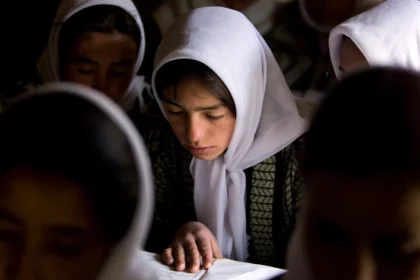Hurricane Melissa intensified into a catastrophic Category 5 storm on Monday, with sustained winds of 175 mph (282 kph), heading toward Jamaica in what could be the strongest hurricane ever recorded to strike the island.
As of 2 pm (1800 GMT), the US National Hurricane Center (NHC) warned Melissa was at the highest level on the Saffir-Simpson scale, with slow movement over unusually warm Caribbean waters fueling its unprecedented size and strength. Forecasters predict the storm will move over Jamaica late Monday or early Tuesday, cross eastern Cuba, and hit the Bahamas and Turks and Caicos by Wednesday.
Melissa’s wind span currently exceeds the length of Jamaica, an island roughly the size of Connecticut, with most major airports near sea level. Officials warned that the storm could bring days of relentless wind and up to 3 feet of rain, threatening homes, farmland, and critical infrastructure including bridges, roads, ports, and airports.
Jamaican authorities ordered mandatory evacuations in southern areas, including the historic Port Royal, but some residents were reluctant to leave for fear of looting. Buses were prepared to evacuate around 28,000 people, yet officials acknowledged the scale of the threat was daunting.
“There is no infrastructure in the region that can withstand a Category 5,” Prime Minister Andrew Holnesssaid. He confirmed that the government has allocated $33 million for emergency response, along with insurance and credit provisions to address potential damage exceeding last year’s Hurricane Beryl.
Experts warn that hurricanes are growing stronger due to climate change and warming ocean waters. AccuWeather Chief Meteorologist Jonathan Porter cautioned:
“Tens of thousands of families are facing hours of extreme wind gusts above 100 mph and days of relentless, torrential rainfall. Slow-moving major hurricanes often go down in history as some of the deadliest and most destructive storms on record.”
Jamaica has faced major hurricanes before, including Category 4 Hurricane Gilbert in 1988, but a direct Category 5 hit would be unprecedented. Slow movement and prolonged rainfall could isolate communities for weeks, experts say.
“We can’t move. We’re scared. We’ve never seen a multi-day event like this before,” said Damian Anderson, a teacher from Hagley Gap in the Blue Mountains.
Meanwhile, the storm’s outer bands have already caused devastating impacts in Haiti and the Dominican Republic, with at least four reported deaths and thousands seeking temporary shelter. Flights and maritime travel have been suspended in vulnerable regions.
Across the Caribbean, governments are preparing for Melissa’s landfall. Bahamian Prime Minister Philip Davis ordered evacuations in southern and eastern islands, while Cuba evacuated over 500,000 people in coastal and mountainous regions, particularly around Santiago de Cuba, the island’s second-largest city. Schools and transportation in eastern Cuba have been canceled in anticipation of the storm.
The Caribbean braces for what meteorologists describe as a slow-moving, historic hurricane, with authorities urging residents to stay in shelters and avoid travel until the storm passes.




